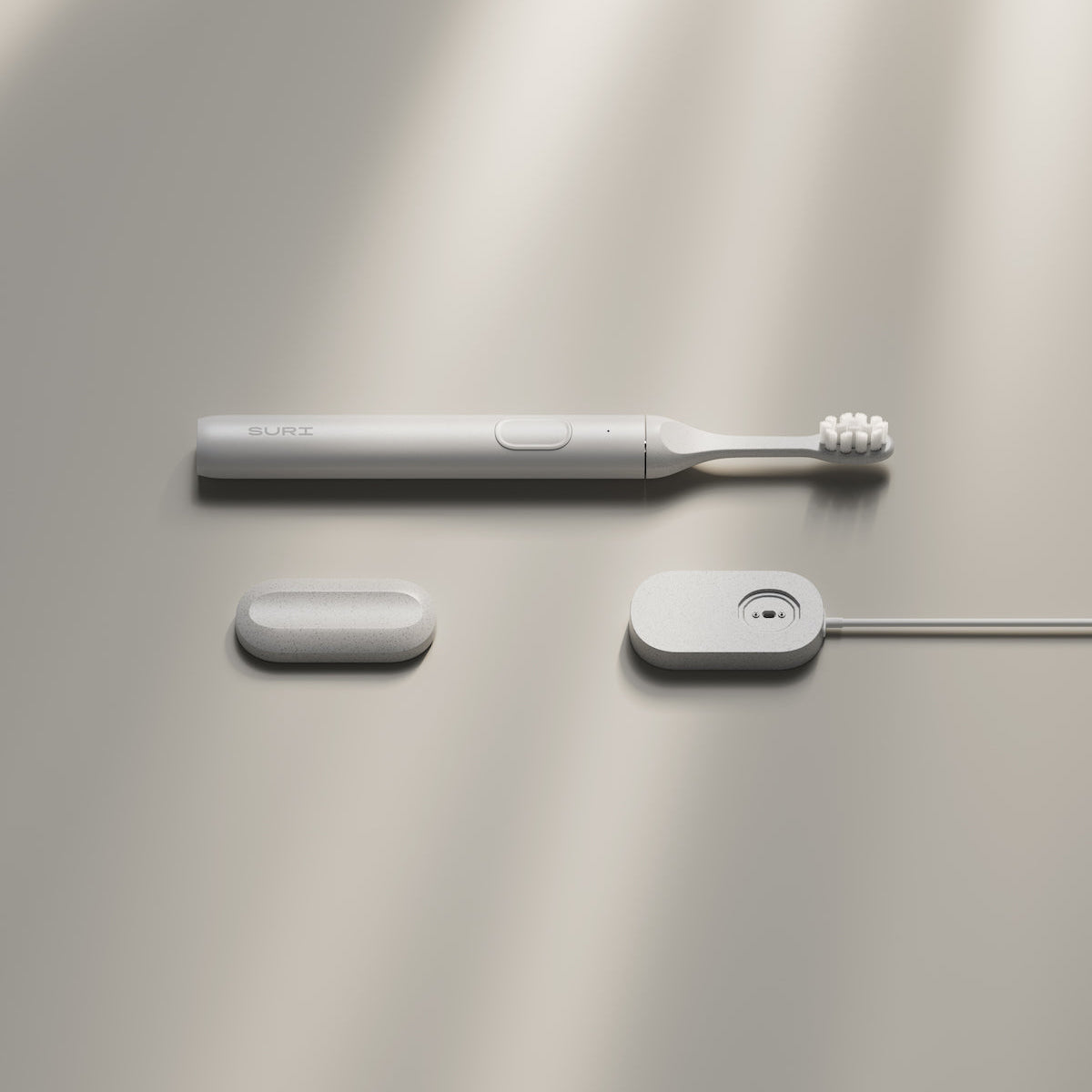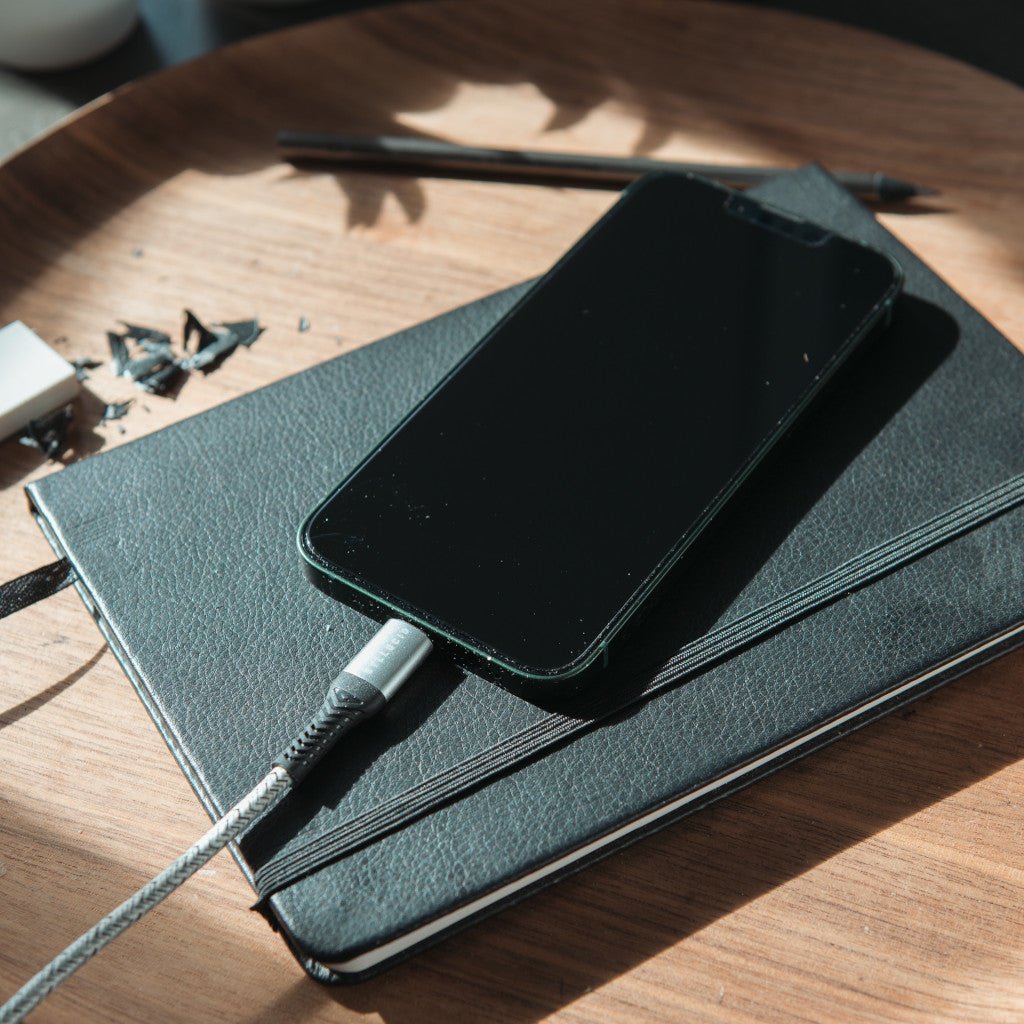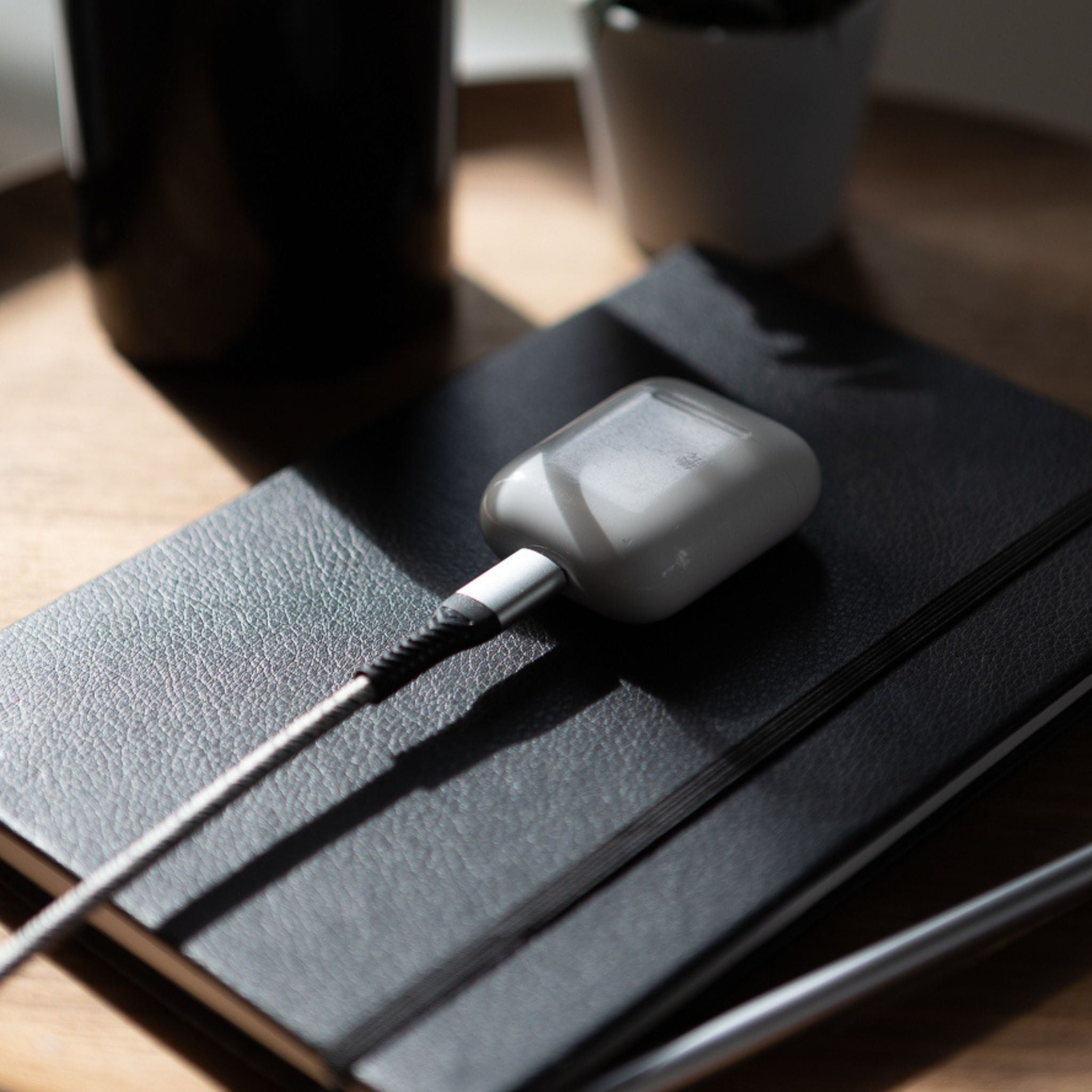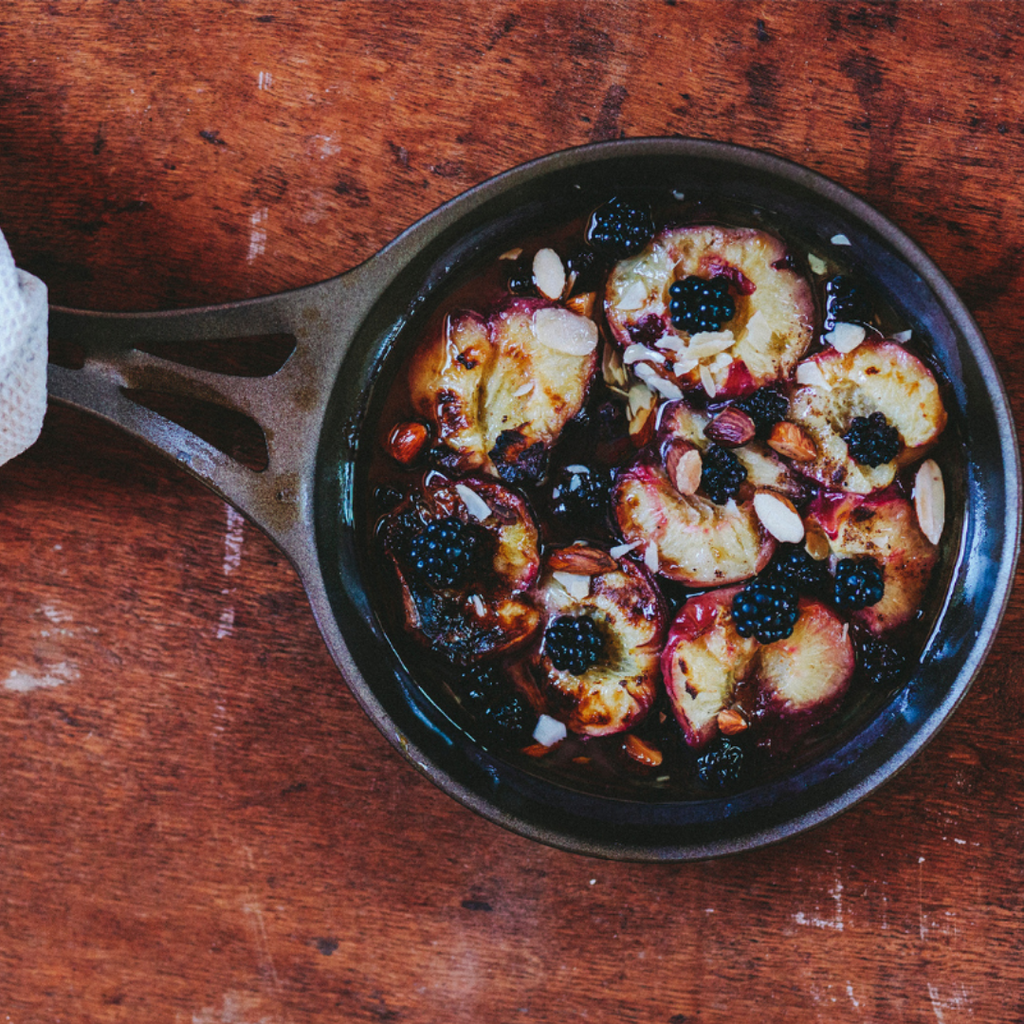In this article
Solidteknics AUS-ION cookware comes with a multi-century warranty. That’s the longest guarantee that we’ve found - so far. It’s part of a rare class of products that are genuinely designed for unending longevity; for many products it is a consideration, but it isn’t hard-coded into its genes.
Even with all that design and manufacture quality, these Australian-made pans have only been around since November 2016, a little over 5 years. Saying that your product is designed for centuries can be pretty easy. Who’s going to call you out? Someone in the far future maybe - and by then, you’ve sold plenty of pans.
The Buy Me Once research team has given up waiting for a time machine, but we do make sure that almost everything we sell on our site is in regular use by our research cohort, and keep a constant line of communication up with our customers to understand a product’s performance over time.
For kitchenware particularly, you can’t simulate the passage of time. You have to live it - every dinner, every scrub, every house move, every unattended hob, every blackened onion and every harsh wire scourer.
18cm Frying Pan - 5 year review
Ideal uses: Frying mushrooms, searing steaks (or in my case, beyond burgers), toasting seeds.
My first introduction to iron cooking, the 18cm skillet was the first test sample that we received from Solidteknics. These seamless iron pans were brand new at the time, and the most striking claim, alongside the warranty, was that this method of pan-making would allow a similar cooking style to cast iron, but at around half the weight.
We were supplied with a similar 18cm cast iron pan, and the difference was stark. The AUS ION was far lighter - still much heavier than a teflon pan mind - and it looked remarkable. The small pan body developing into a long, fluted handle through the smooth lines of its single-cast body. Cool. The only thing against it was the colour - the cast iron looked nicer with its blacker finish. That would change.
The 18cm pan is small - visibly smaller than I’d thought it might have been. Smaller than any pan I was using regularly. To be honest, I didn’t think it would get much organic use, were it not for my compulsion to test it.
The opposite was true. I’d never cooked with iron before, and this was a perfect introduction. After seasoning the pan a couple of times only, the colour of the pan deepened to the characteristic dark grey-black. Just after I got it, in my younger and more carnivore years, I remember cooking a pair of steaks in it, which was a snug fit. It was love at first sear. The claims of superior cooking quality had felt like a reach to me before I used it - it’s just heat, isn’t it. But no. This was better. The steak came out restaurant quality, perfect on the outside, and if I’d been cooking in my usual pan, no doubt the inside would have been overdone. Not in this high-heat pan.
In the years since the dark grey colour has become pitch black. Nothing is getting the seasoning off now. The handle retains some of its bare steel colour - it hasn’t ever been re-seasoned, the cooking surface has just matured with use. The shape of the pan is totally unchanged.
A lot of recipes I read and meals that I make call for toasted seeds - cumin,coriander and mustard for Dhal, sesame seeds for Pad Thai, sunflower and pumpkin seeds for assorted scattering. This pan is perfect for that from heat on to seeds crackling in a minute. It’s incredible for vegetables - mushrooms particularly. You won’t fit loads in, but you’ll be tempted to use every millimetre.
26cm frying pan - 5 year review
Ideal uses: almost anything, from frying eggs to searing seafood.
The first 26cm skillet I owned was actually a rusted stray that had been misused by a previous owner. It had clearly been left out damp - a big iron pan no-no - and developed rust spots as a result. I took it under my wing and restored it. After the initial work of wire-brushing the rust off and a couple of oven seasons, it was a genuine joy to stovetop season. It’s incredibly satisfying to watch a beautiful dark sheen develop and deepen over time.
Out of the whole Solidteknics range, I’ve found the 26cm skillet to be the perfect low-effort, daily use pan. It’s not quite as bulky as the more family-sized 30cm, so just right to easily haul in and out of the cupboard (although one day I’ll dispel this problem by finally investing in some beautiful pan hooks over the stove), and it’s just the right size to whip up something low effort like bacon and eggs in the morning, and it's ideal for a household of two like mine.
I always reach for this pan when it comes to weeknight dinners - creamy carbonaras, risottos, or searing salmon fillets. Getting onions, garlic, and chillies sizzling in my Solidteknics is something I genuinely look forward to throughout the day. It definitely needs noticeably more cooking oil than other pans, but since that all goes towards building up that lovely natural non-stick with every use, I see that as oil well spent.
From the intimacy that comes with daily use, I’ve discovered the trick with this pan is all in the heat source. Whilst prepping things like onion and garlic, I always get the pan straight on the hob on the lowest heat possible to get it warmed up slowly, and then increase just before I’m ready to start cooking - beautifully and evenly scorching! Likewise, to prevent rust I always pop it back on the lowest hob for around 60 seconds whilst finishing the washing up to dispel any lingering moisture.
30cm wok - 4 year review
Ideal uses: Stir fries, Southeast Asian cooking
This pan was the next sample we received into the office. Before it was ever used properly, it was, genuinely, put to work as a fruit bowl. In the center of our desk at sustainable workspaces, the oranges and apples that nourished our research team were tarnishing the poor pan’s surface. After six months, enough was enough. How do you salvage a Solidteknics Pan - that was now the challenge.
I took the pan home and thought I’d follow the worst-case scenario seasoning instructions. First, a scourer. With washing-up liquid, water and elbow grease, the pan is returned to its bare-iron state. It’s attractive like this, and will cook great - once - but it’s a sticky surface, and hard to maintain.
It needs the non-stick seasoning. From its scoured state, the process needed longer than usual - the Satin pans first arrive with a couple of layers of seasoning applied. I seasoned it only twice and couldn’t wait to start using it - it didn’t take long for the hardwon surface to break down.
Even if you’re seasoning it from new, its worth taking greater care with the 30cm Seamless Wok. In my experience, the types of things you cook in a wok are more prone to be sticky. Think Pad Thai, fried rice, stir fry sauces. I’ve had the best success with the Wok once I’ve made sure the colour starts nice and dark.

To get it right first time, it’s extra important with the iron wok to use the right equipment, and take the time. The best oil for seasoning in my view is Rice Bran. It has a high smoke point - 232’C - and is readily available in most UK supermarkets. It also doesn’t cost a bomb. You’ll want to season the wok 3-4 times, and at 90 mins a pop in an oven on full whack, that’s a couple of hot day’s work. If you have a couple of pans, doing them both at once will save a lot of time.
Now that I’ve gotten my wok up to standard, for the last two years of service it has been a real workhorse. I now cook more asian food, largely because of this piece of equipment. A stir fry is transformed. First you heat the pan on the highest heat for 5 minutes. Add the oil you’re using to cook. Then just as it begins to smoke, everything goes in - and that sizzle when the vegetables hit is unbeatable.
The double-handle design means you will need an oven glove to hand when handling it - this differs from a long-handle design. It’s a personal preference, but I think it works fine. The dual handle design means that often the whole wok is carried to our corkboard in the center of the table - it works for presentation in a way other pans would not.
After four years of use, the pan is visibly unchanged. There is no warping - despite always whacking it straight on the highest temperature. The base of the pan is particularly black, where it has had more contact with the oil, with the edges tapering to a slightly more metallic colour.
Crepe pan - 3 year review
Ideal uses: Pancakes, crepes, tortillas, flatbread, omelette
I bought this pan when I moved in with my partner. It’s a slightly more niche usage pan, and the effect of it has been to increase our consumption of the types of food that it specialises in. First, pancakes.
Pancakes are daunting. They need a non-stick surface, or you’ve got a hot plate of mush. I expected things to go a bit wrong when I first tried to make them. When you’re not certain of your pans’ non-stick capabilities, the tendency is to use more oil - and with copious oil, my first ever iron crepe was executed without a hitch. Gradually reducing the oil used pancake to pancake, it became clear that the non-stick seasoned surface was really working.
I’ve found that the crepe pan holds its seasoning exceptionally well, better than the larger pans. In 3 years I’ve seasoned it perhaps three times, the last being a year after purchase. Perhaps it’s the flat surface - it’s really easy to make sure you’ve got a thin and even layer of oil when you’re first seasoning it.

For pancake day 2022, it was the star of the show. As it keeps it’s heat, you can churn the pancakes out really quickly. Maximum temperature, spatula in hand, soon you’re locked into the routine.
To flip or not to flip? It’s a heavy iron pan. But if you’re strong enough, a two-handed heave is possible and crowd-pleasing. Just maybe try it out first with no one else in the room.
With the flat iron surface, warping is an issue I was warned of before purchasing. As such I’ve always started the heat low, and built it up. It’s still pancake-flat. Perhaps I could have been less careful - but some customers can experience a slight bend in the surface over time. A heat diffuser is another smart option to keep your pan in perfect shape forever.
A couple of our favourite foods are falafel wraps and fajitas. It’s perfect for toasting a tortilla wrap, or for a homemade flatbread. If you’ve never tried it, it brings the full potential out of the sometimes mundane bready wrap.
30cm frying pan - 2 year review
Ideal uses: Almost everything
This is one of the bestselling pans, and you can see why. It is super versatile - you can really cook anything in it - and it’s tempting to use it for everything. Since purchase, I’d say this is the pan I use the most.
On arrival, I seasoned this pan three times with Rice Bran, preparing it for immediate full-service. It fits diagonally in a standard oven, even though you’re a bit concerned when you first see it. It’s a really big pan (58cm long) - big enough to cook for a family, or to double-up your portions for leftovers tomorrow.
For vegetables, tofu, meat no doubt, it is perfect. For best results, you’ll want to heat the pan for a little while - at least a couple of minutes - before you add your ingredients. This means that the large surface has enough time to get good and hot, and to spread the heat across the full diameter of the skillet.

On a couple of occasions, the skillet’s versatility has been its downfall. Seasoned iron pans are not designed for cooking acidic foods. I knew this, but complacency kicked in. The deep, rich tomato sauce we cooked for our pizza base was almost worth it - but when we cleaned it, the center of the pan had lost its black seasoning, returning to iron coloured. Sigh.
Still, it was only the center. That meant we didn’t need a full oven season round - it could use the quick-fire hob reseasoning method. On the highest heat, a little oil is added, and spread with a tea towel held with tongs. The smoke comes quickly. Add a little more oil, spread it again, and repeat until the surface is black again.







































